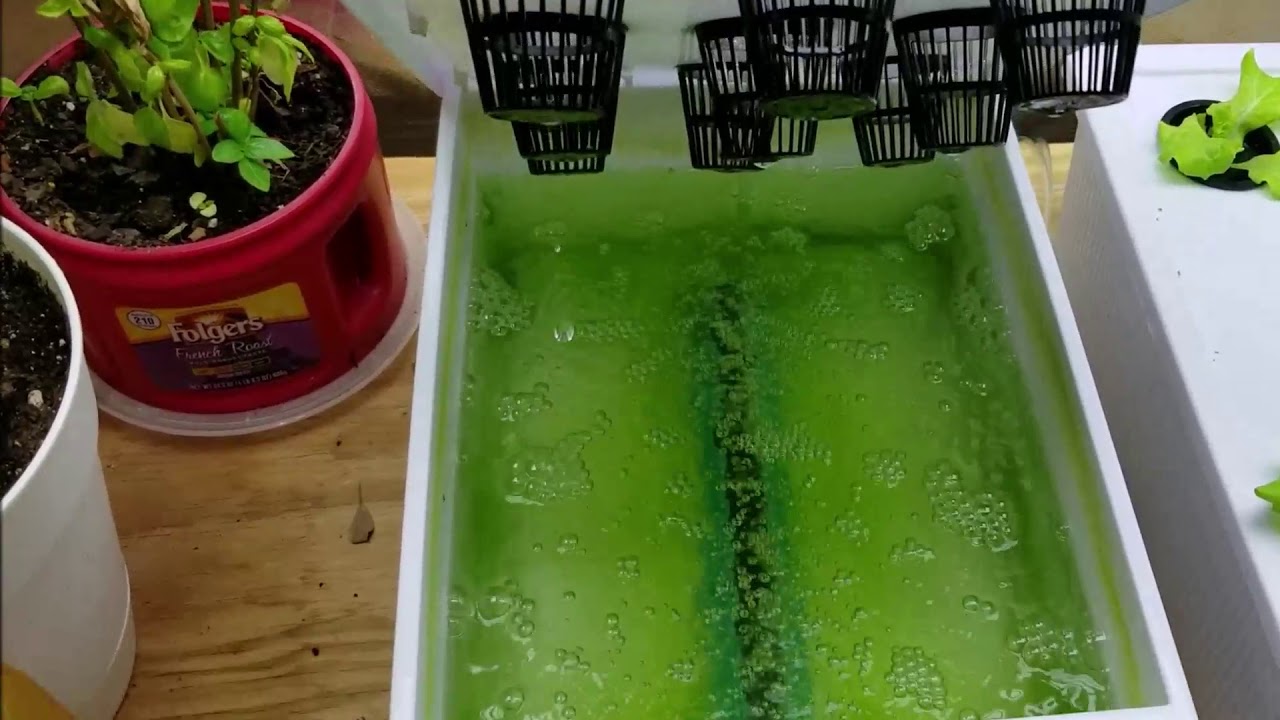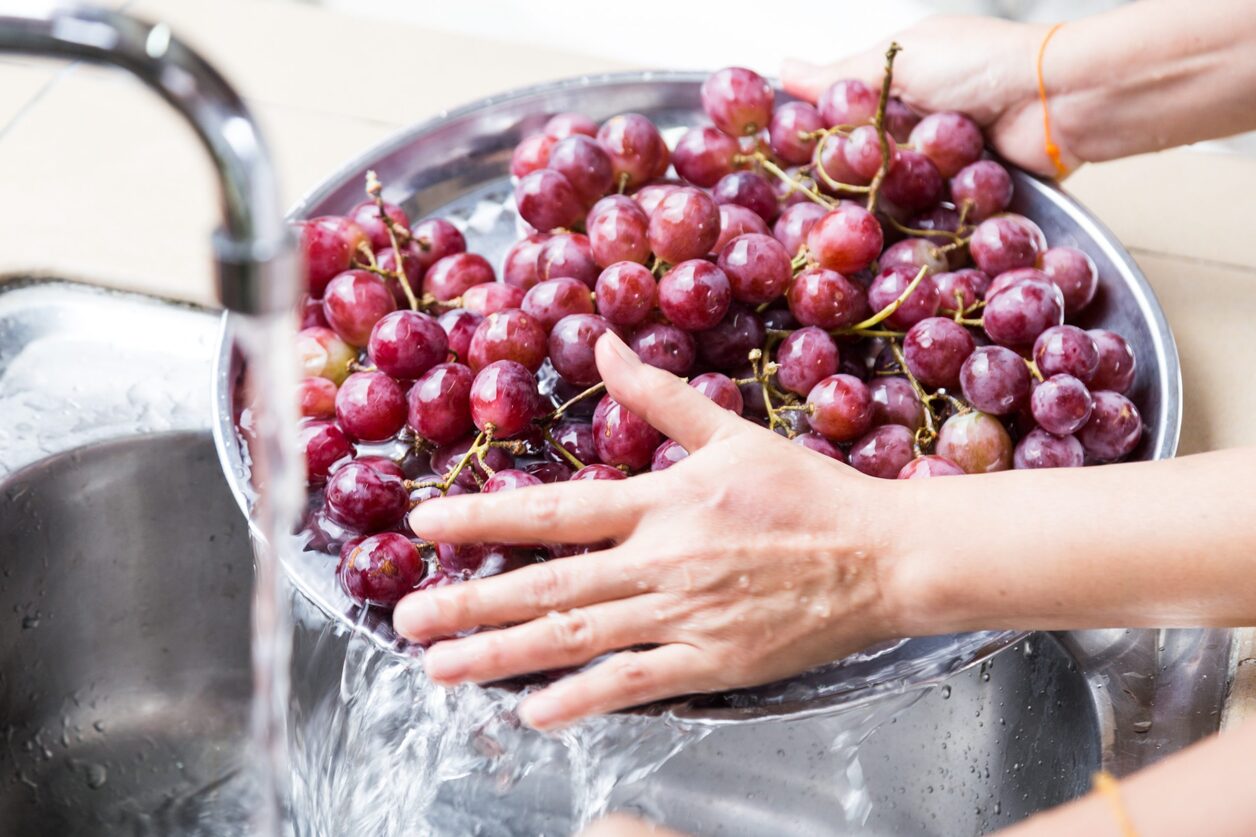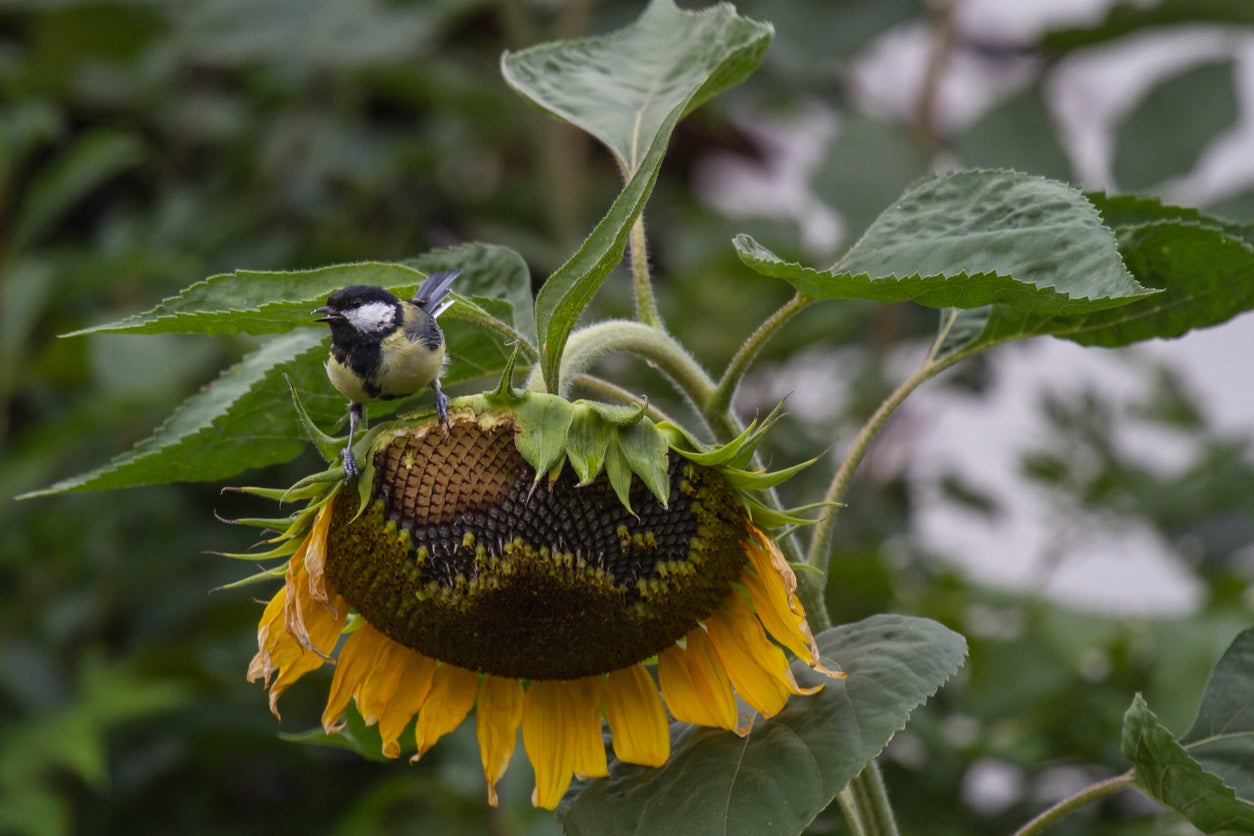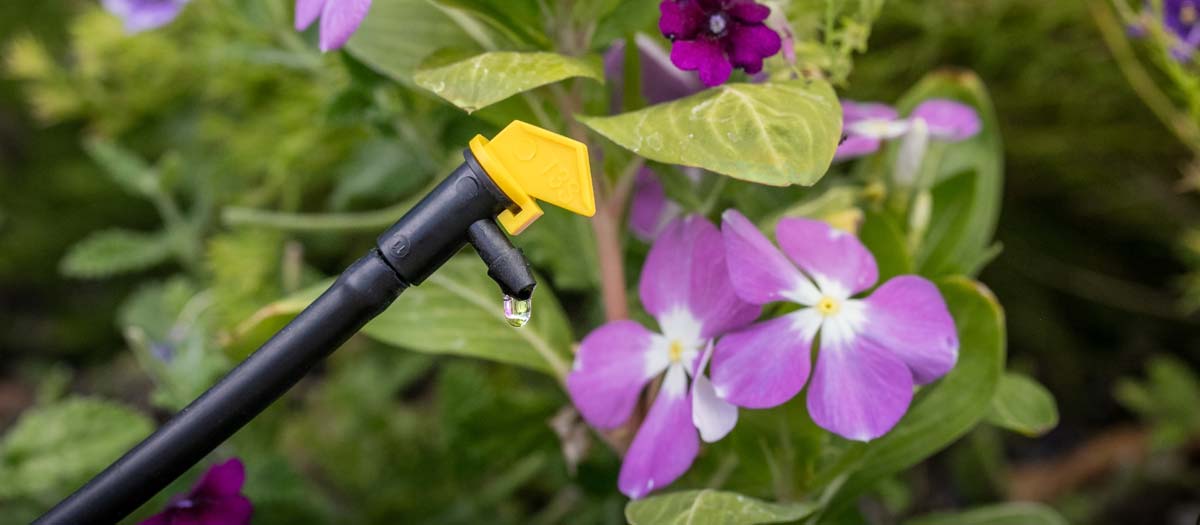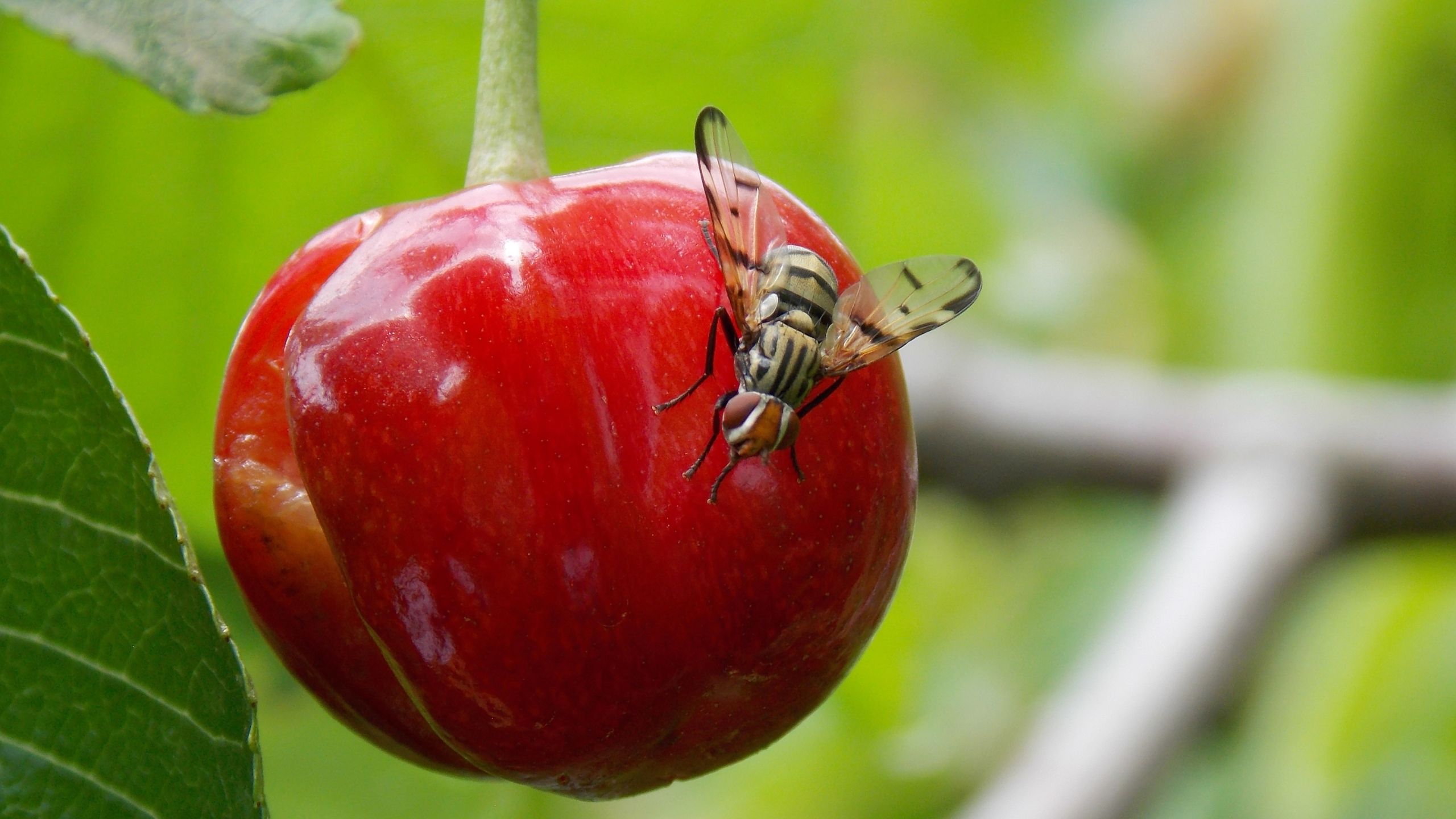Home>Gardening Tips and Tricks>Problem Solving>How To Prevent Damping Off Seedlings
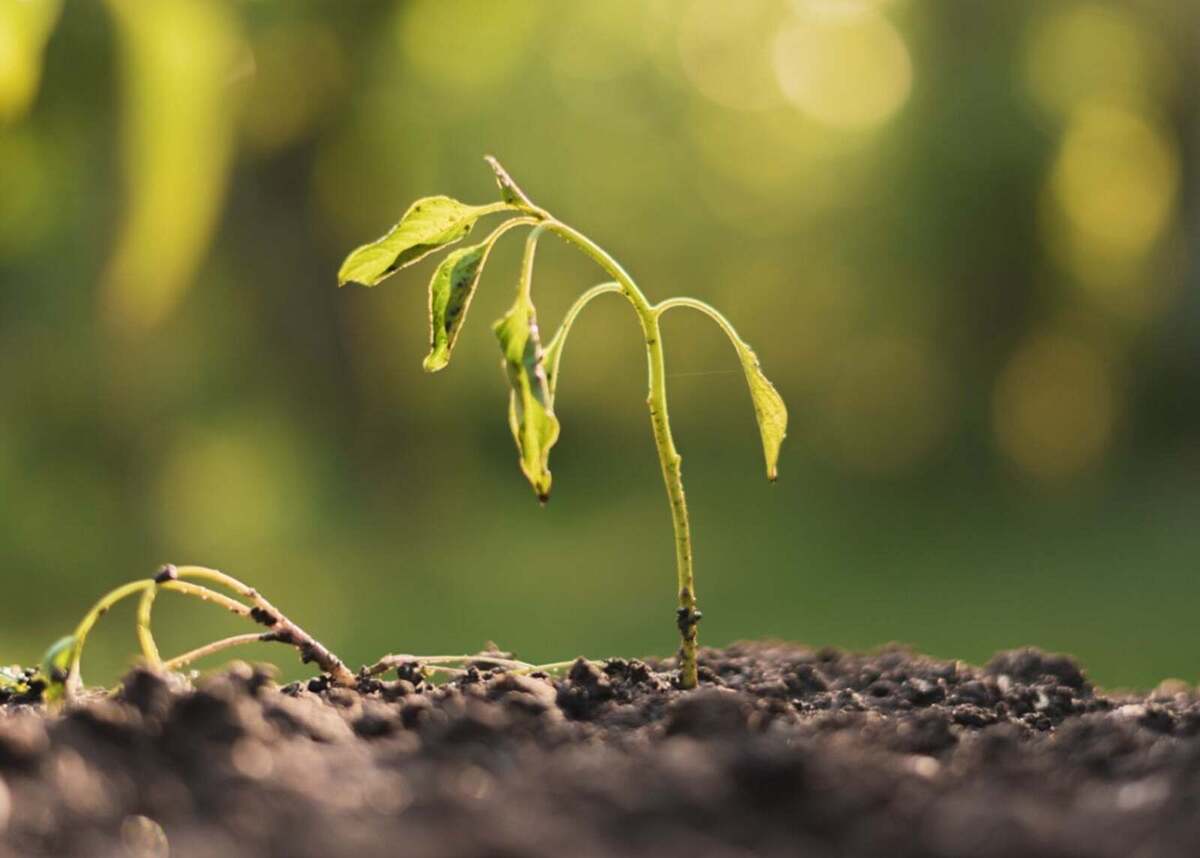

Problem Solving
How To Prevent Damping Off Seedlings
Modified: January 22, 2024
Learn effective strategies for preventing damping off in seedlings with our comprehensive guide. Discover expert tips for problem-solving and ensuring healthy plant growth.
(Many of the links in this article redirect to a specific reviewed product. Your purchase of these products through affiliate links helps to generate commission for Chicagolandgardening.com, at no extra cost. Learn more)
Table of Contents
Introduction
Welcome to the world of gardening! Whether you’re a seasoned gardener or just starting out, nurturing seedlings is a crucial step in the journey of growing healthy plants. However, one common challenge that many gardeners face is damping off, a frustrating condition that can hinder the growth of seedlings and even lead to their demise. In this article, we will delve into the intricacies of damping off and explore effective strategies to prevent this issue, allowing your seedlings to flourish and thrive.
Damping off is a term used to describe the sudden collapse and death of young seedlings. This condition is often caused by a variety of fungal pathogens that lurk in the soil, ready to attack vulnerable plants. Recognizing the signs of damping off is essential for early intervention, as it can save your seedlings from succumbing to this perilous threat.
As we embark on this journey to safeguard our precious seedlings, we will uncover the significance of proper seedling care, soil and water management, air circulation, light exposure, and disease prevention. By implementing these strategies, you can create an environment that fortifies your seedlings against damping off and other potential challenges.
So, join us as we unravel the secrets of nurturing robust seedlings and cultivating a thriving garden. Let’s empower ourselves with the knowledge and tools needed to prevent damping off and set our seedlings on the path to vitality and abundance.
Understanding Damping Off
Before we delve into the preventative measures, it’s crucial to understand the insidious nature of damping off. This affliction primarily targets young seedlings, manifesting as a sudden wilting and collapse of the delicate stems. The culprits behind this distressing phenomenon are fungal pathogens, including Rhizoctonia, Pythium, and Fusarium, which thrive in damp, poorly ventilated environments.
When seedlings are afflicted by damping off, they may exhibit symptoms such as discolored, water-soaked stems, and a noticeable constriction at the soil line. As the condition progresses, the affected seedlings ultimately succumb to the onslaught of these insidious fungi, leading to a devastating setback in your gardening endeavors.
It’s important to note that damping off can be triggered by various factors, including overwatering, compacted soil, and inadequate air circulation. Additionally, using contaminated soil or reusing seedling trays without proper sterilization can introduce these harmful pathogens to your growing environment, paving the way for damping off to take hold.
By gaining a deeper understanding of the causes and symptoms of damping off, you can equip yourself with the knowledge needed to identify and address this issue effectively. With this awareness, you can take proactive steps to fortify your seedlings and shield them from the perils of damping off, ensuring their healthy development and resilience.
Proper Seedling Care
Ensuring the well-being of your seedlings begins with providing them the care and attention they need to thrive. Proper seedling care encompasses a range of essential practices that contribute to their overall health and resilience against damping off and other threats.
One fundamental aspect of seedling care is maintaining optimal humidity levels. While it’s important to keep the soil consistently moist, excess moisture can create a breeding ground for the fungal pathogens responsible for damping off. Striking a balance by allowing the soil to dry slightly between waterings can help mitigate the risk of this condition.
Furthermore, providing adequate nutrition is vital for fortifying seedlings against potential diseases. Using a well-balanced, sterile seed-starting mix can provide the essential nutrients and support that young seedlings require to develop strong, healthy roots and robust stems. Additionally, employing proper spacing between seedlings can facilitate air circulation, reducing the likelihood of damping off and other fungal infections.
Another crucial aspect of seedling care is ensuring that they receive sufficient light. Placing seedlings in a well-lit area or using supplemental grow lights can promote sturdy growth and bolster their natural defenses against diseases. By tending to these fundamental aspects of seedling care, you can create an environment that nurtures strong, resilient seedlings, effectively reducing the risk of damping off and fostering their flourishing development.
Soil and Water Management
Effective soil and water management are pivotal in safeguarding seedlings against the perils of damping off. Choosing a high-quality, well-draining seed-starting mix is essential for creating an environment that discourages the proliferation of fungal pathogens. This specialized mix provides an optimal balance of aeration and moisture retention, reducing the risk of waterlogged conditions that can precipitate damping off.
When watering seedlings, it’s important to exercise prudence and avoid overwatering, which can lead to excessive soil moisture and create a hospitable environment for damping off-causing fungi. Employing a bottom-watering approach or using a fine mist to water seedlings can help maintain appropriate soil moisture levels while minimizing the risk of water-related issues.
Furthermore, practicing proper sanitation is crucial for preventing the spread of fungal pathogens. Sterilizing seedling trays and containers before use, as well as utilizing fresh, uncontaminated soil, can help mitigate the risk of introducing harmful fungi to the growing environment. Additionally, avoiding the reuse of potting mix from previous plantings can prevent the inadvertent transfer of pathogens to new seedlings.
By implementing these strategies for soil and water management, you can create an environment that promotes the health and vitality of your seedlings while mitigating the risk of damping off. These proactive measures not only fortify your seedlings against potential threats but also contribute to the overall success of your gardening endeavors.
Air Circulation and Light Exposure
Optimizing air circulation and light exposure is paramount in creating an environment that deters the onset of damping off in seedlings. Adequate air movement around seedlings is instrumental in preventing the buildup of excess moisture, which can foster the growth of damping off-causing fungi. Positioning fans on a low setting or gently stirring the air around seedlings can help mitigate the risk of stagnant, humid conditions that are conducive to fungal proliferation.
Furthermore, providing ample light exposure is crucial for fostering the robust growth of seedlings and bolstering their natural defenses against diseases. Placing seedlings in a well-lit area or utilizing grow lights can promote sturdy, resilient growth and reduce the susceptibility to damping off. Ensuring that seedlings receive adequate light not only contributes to their overall vigor but also plays a pivotal role in fortifying them against potential threats.
By paying heed to the significance of air circulation and light exposure, you can create an environment that minimizes the risk of damping off and fosters the flourishing development of your seedlings. These measures not only contribute to the resilience of your seedlings but also lay the foundation for a thriving, vibrant garden.
Disease Prevention
Implementing comprehensive disease prevention measures is crucial for safeguarding seedlings against damping off and other potential threats. One effective strategy is the use of natural and organic fungicides, such as neem oil or copper-based solutions, which can help mitigate the risk of fungal infections without compromising the health of the seedlings. These natural remedies provide an added layer of defense against damping off-causing pathogens while minimizing the use of harsh chemicals.
Additionally, practicing proper crop rotation and maintaining good garden hygiene can contribute to disease prevention. Rotating the location of seedlings from one planting season to the next can help disrupt the life cycle of fungal pathogens, reducing the likelihood of recurring infections. Furthermore, removing and disposing of any affected or diseased plant material promptly can prevent the spread of pathogens and mitigate the risk of damping off affecting healthy seedlings.
Moreover, fostering a diverse and balanced ecosystem in the garden can contribute to natural disease control. Encouraging beneficial insects and microorganisms, such as ladybugs and predatory nematodes, can help keep harmful pathogens in check, contributing to a healthier, more resilient growing environment for your seedlings.
By integrating these disease prevention strategies into your gardening practices, you can fortify your seedlings against damping off and other potential diseases, fostering a thriving, resilient garden that flourishes in the face of adversity.
Conclusion
Cultivating healthy seedlings and nurturing a thriving garden is a rewarding journey that requires diligence, care, and a deep understanding of the challenges that can impede the growth of young plants. Damping off, a common and destructive affliction, poses a significant threat to seedlings, but with the implementation of proactive measures, it can be effectively mitigated.
By comprehending the insidious nature of damping off and recognizing its symptoms, gardeners can take preemptive action to fortify their seedlings against this peril. From ensuring proper seedling care, including optimal humidity levels and adequate nutrition, to managing soil and water meticulously, every aspect of the growing environment plays a pivotal role in preventing damping off.
Moreover, optimizing air circulation, providing sufficient light exposure, and implementing comprehensive disease prevention measures are integral components of a holistic approach to safeguarding seedlings against damping off and other potential threats.
As we embark on this journey, armed with knowledge and a commitment to nurturing our seedlings, we pave the way for a vibrant, resilient garden that flourishes in the face of adversity. By integrating these strategies into our gardening practices, we empower ourselves to create an environment that fosters the robust growth and vitality of our seedlings, ensuring that they thrive and bloom with resilience and vigor.
So, let’s embark on this journey with a renewed sense of purpose and a steadfast dedication to the well-being of our seedlings. Together, we can cultivate a garden that teems with life, vibrancy, and the boundless beauty of nature.
